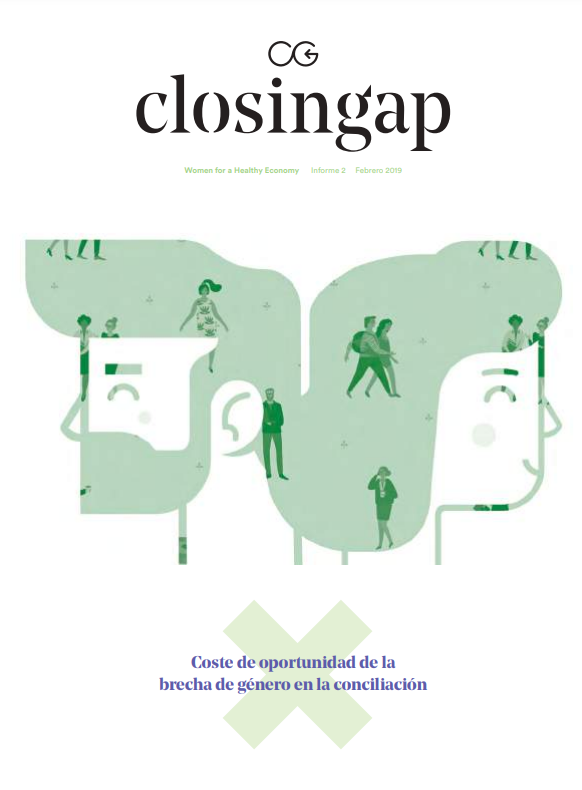

Gender gap in work-life balance
The organisation of time devoted to work and family and household responsibilities is unbalanced by gender, which is detrimental both to women’s participation in the labour market and to the income of the family unit.
In general, the responsibility for taking care of the family and domestic chores falls more heavily on women, and these hours spent on domestic work could have been spent elsewhere, meaning that they are associated with an opportunity cost.

Calculation of opportunity cost
By multiplying the number of people who perform these tasks by the number of hours spent on the home and family by the gross cost of outsourcing these services, it is possible to obtain the value of this unpaid labour, regardless of who performs it; it amounts to €262 billion, which represents 22.5% of GDP for 2017. These results can be found online with the results obtained by the INE (Doc: 01/201421), in which the value of these activities ranges from 25.5% to 34.3% of GDP in 2010.
The opportunity cost borne by the Spanish economy as a result of the total or partial withdrawal of these working women from the labour market equates to 40 million hours not worked every year; in other words, €1.28 billion is not generated every year (0.12% of GDP in 2017).

We believe in the work-life balance and flexible schedules as an evolution in the way we work, adapting to the new societal and economic context, thus ensuring career mobility, making it easier to attract and retain talent, influencing the work climate and pride in belonging, and improving productivity.
Es necesario activar las cookies para ver este contenido